How winter cropping gross margins stack up for 2017/18
 © Tim Scrivener
© Tim Scrivener Harvest is underway in some parts of the country, but for most there are still a few weeks to go before the really busy season begins.
Now is an opportune time for growers to firm up cropping options for this autumn. Which crops make the most financial sense and what else do producers need to consider?
According to the latest figures from AHDB Cereals & Oilseeds, Group 3 soft wheat will provide the best gross margin for the 2017/18 season, at £819/ha based on an average yield of 8.6t/ha.
See also: How to get double-digit wheat yields on wheat land
“Group 3 soft wheat looks like a particularly good option this year,” says Amandeep Kaur Purewal, senior analyst at the AHDB.
“This is largely due to lower variable costs – mainly the reduced need for nitrogen in comparison with milling wheat, which ranks second in terms of gross margin.”
Winter cropping gross margins for 2017/18
| 2018 Crop | First winter feed wheat | Second winter feed wheat | First bread milling wheat* | Group 3 soft wheat** | Winter feed barley | Winter malting barley | Winter milling oats | Winter OSR*** | Feed winter beans |
| Price (Nov-18 ex-farm £/t) | 135 | 135 | 145 | 142 | 115 | 135 | 135 | 320 | 160 |
| Average Yield (t/ha) | 9.0 | 8.1 | 8.6 | 8.6 | 7.3 | 6.6 | 6.4 | 3.6 | 4.0 |
| Average Output (£/ha) | 1215 | 1094 | 1247 | 1221 | 834 | 891 | 864 | 1152 | 640 |
| Variable Costs (£/ha) | 462 | 506 | 493 | 462 | 371 | 349 | 291 | 484 | 273 |
| Gross Margin 2018 (£/ha) | 757 | 590 | 757 | 819 | 523 | 555 | 575 | 667 | 367 |
Sources: The Agricultural Budgeting and Costing Book, Trade, AHDB (Totals may not add up precisely due to rounding of figures)
*Assuming £10/t milling premium
**Assuming £7/t milling premium
***Including oil bonus (45%)
Milling v feed
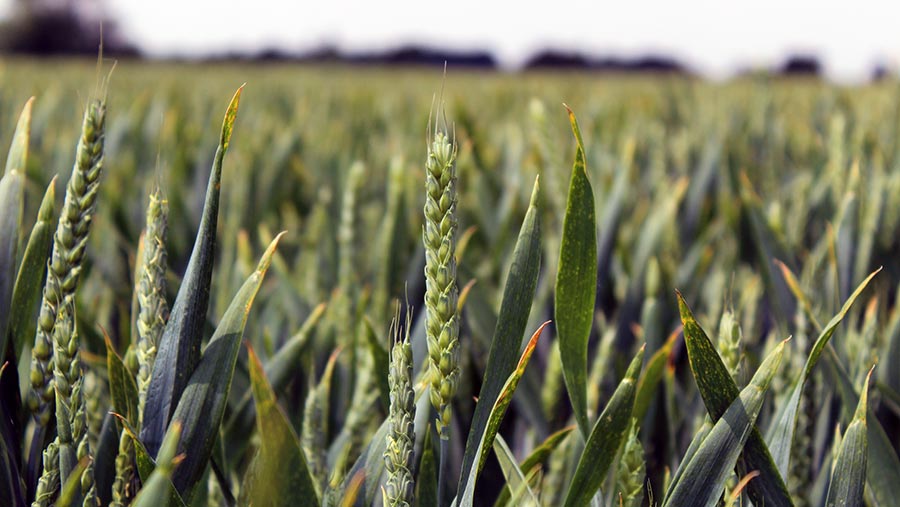
© Oli Hill/RBI
High-yielding milling varieties, such as Skyfall, have encouraged a surge in the milling wheat area in recent years – leading to oversupply and depressed premiums.
So, do the economics of growing a Group 3 or Group 4 feed variety stack up better than their milling counterparts? Depending on your contract, probably.
“As the table shows, economics favour Group 3 wheats. Group 1 wheats fall a relatively distant second, a joint place shared with winter feed wheat, at £757/ha,” says Dr Purewal.
Demand for feed wheat from the bioethanol industry has increased and this could see further support for feed wheat prices in the coming season, she adds.
OSR fortunes
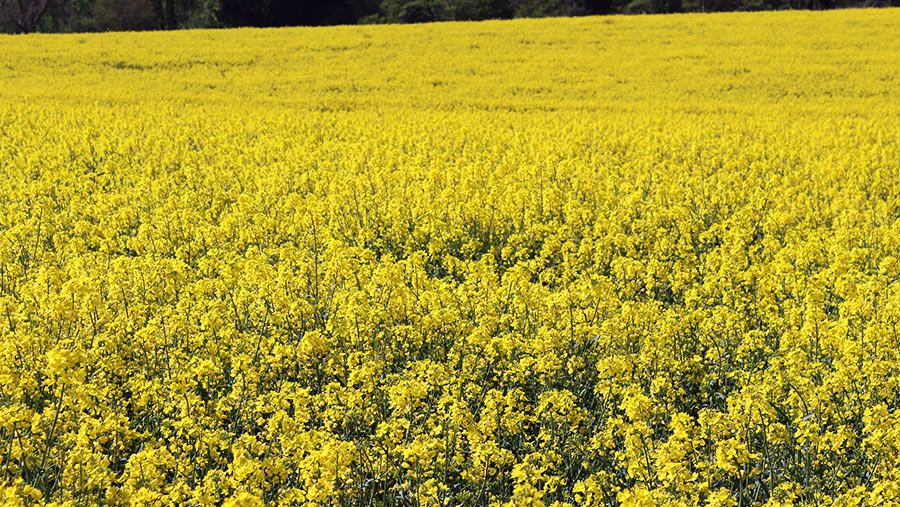
© Oli Hill/RBI
Looking across to oilseed rape, there has been a move away from the crop in recent years due to pest pressures, stagnant yields and high growing costs.
However, with prices looking more promising, it could pay for growers to reconsider rapeseed in their rotation.
“Oilseed rape is still looking quite good as an option. In terms of disease pressure, there is a real east/west divide, with the disease threat easing in the west – so growers will definitely be reconsidering rapeseed this year,” says Dr Purewal.
The AHDB is estimating rapeseed yields at 3.6t/ha, leading to a gross margin of £667/ha – up by 1% on last year.
Although variable costs remain one of the highest of all the major cropping options, supply is looking tight this year and so the premium should entice farmers, notes Dr Purewal.
“Though growing costs for rapeseed remain high, it’s important to note that chemical costs have increased across the board this year,” she adds.
“Cabbage steam flea beetles still remain a huge threat to farmers, so the question is: How high does the price need to be to counteract the difficulties of pest pressures?”
Of course, it is hard to predict exactly how prices will fare, but the current global picture gives a good indication of what lies ahead, she explains.
“If the US has another big soya bean crop this year, there will be limits to the upside in rapeseed prices.”
Oil bonuses are another way that growers can maximise rapeseed returns. An increase of one percentage point in oil content can add £16/ha to the gross margin, explains Dr Purewal.
Barley and Brexit
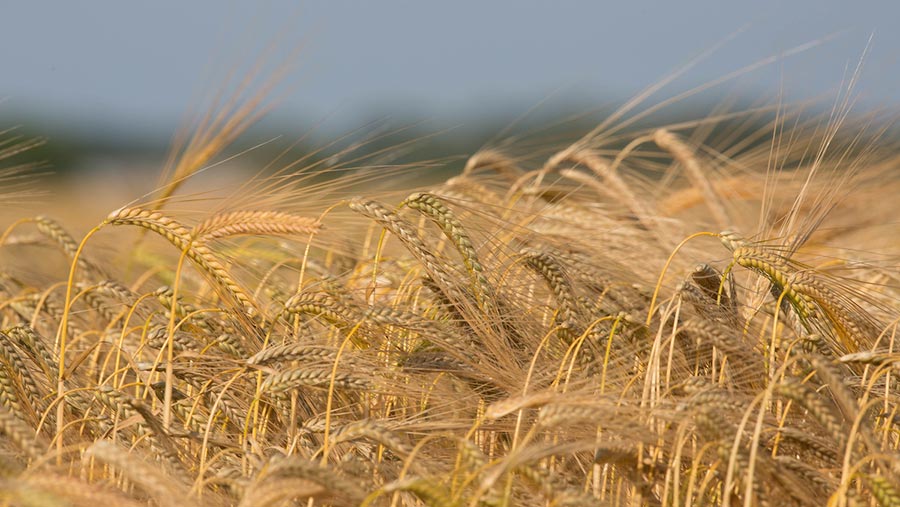
© Tim Scrivener
While barley ranks fairly low in the table, the looming effect of Brexit alongside currency movement could make this a profitable crop to include in a rotation.
“If sterling depreciates, it will make imports of fertiliser and chemicals more expensive – increasing the cost of crops with already high variable costs,” explains Dr Purewal.
“However, this would be a huge benefit to crops that have low variable costs but are high in yield – such as feed barley.”
The way trade deals are negotiated as the UK departs from the EU will almost certainly influence profitability of crops in the future.
If no trade deals are agreed and we have to move to World Trade Organisation rules, it will be important to consider the effect of tariffs.
“Cereals are subject to tariffs, however, there are none on oilseed rape – that could be a real game changer,” warns Dr Purewal.
Bean benefits
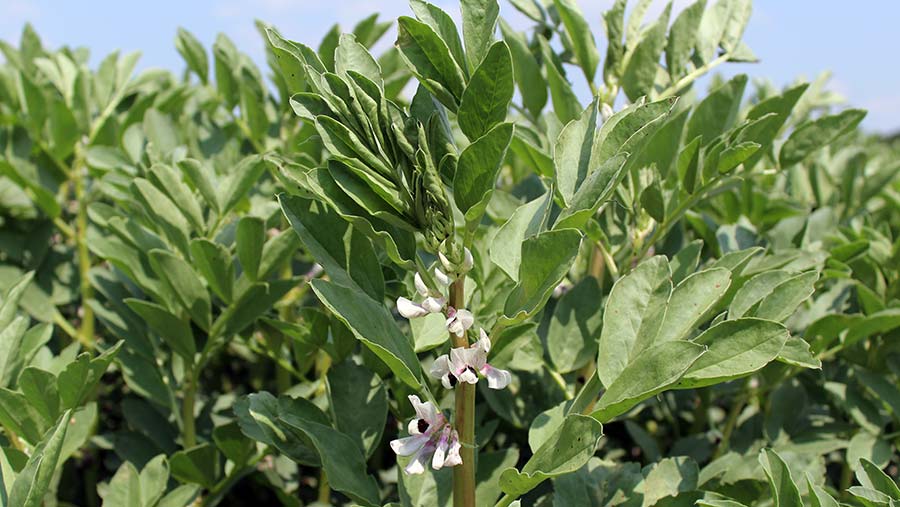
© Oli Hill/RBI
Bringing up the rear is winter beans, with a gross margin of just £367/ha. However, this smaller margin shouldn’t mean growers write off the crop as an option.
“From an agronomic view, beans can be a fantastic substitute for oilseed rape,” explains Dr Purewal. “There is also the opportunity to reduce nitrogen costs, thanks to the high level of nitrogen beans leave in the soil.”
Oat options
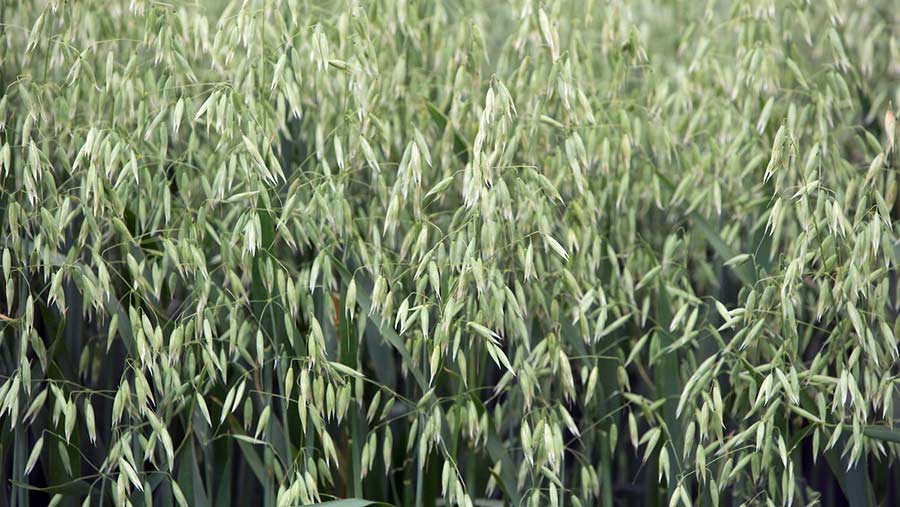
© Tim Scrivener
If there is market opportunity, winter oats look to be a fairly profitable cropping option. At £575/ha and an estimated yield of 6.4t/ha, winter oats come in above both feed and malting barley in terms of gross margin.
This year has seen a 5,000t increase in milling demand for oats, to 530,000t, which should provide support for prices.
Other considerations
Of course, even when growing the most profitable crop, there are a number of other factors growers should consider, and blackgrass control will be high on the list of priorities.
“We don’t yet know what the dormancy of blackgrass will be like in the coming season,” explains Ian Ashbridge, a partner at Bidwells.
“If we have a long, hot, dry summer, this could reduce dormancy and see more blackgrass seeds germinating earlier.”
Ideally, growers will want to prepare a stale seed-bed after harvest and delay autumn drilling, which will affect both their crop choice for this autumn, and its impact on how early the harvest is next year.
“It’s advisable for farmers to delay drilling as long as they dare,” explains Mr Ashbridge. “There’s good evidence that delaying drilling into October can produce much better efficacy from the autumn stack of herbicides.”
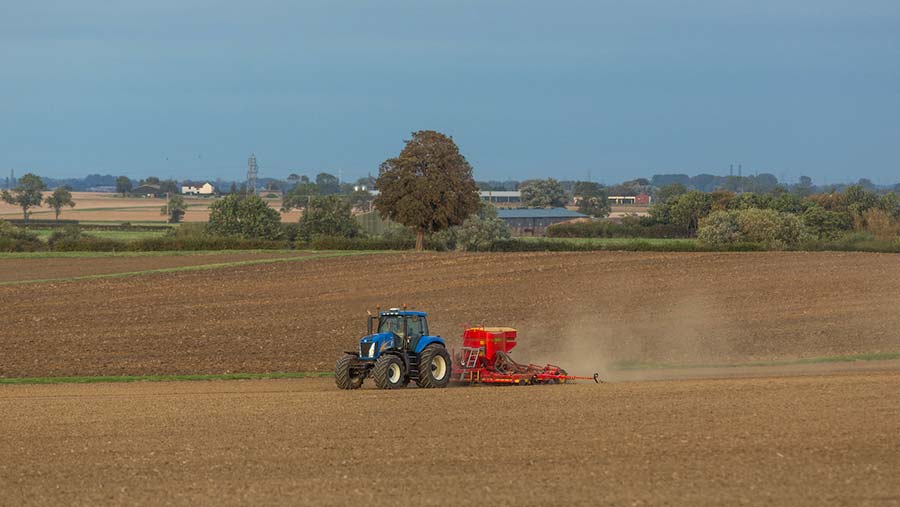
© Tim Scrivener
Variety choice can help provide flexibility when it comes to drilling date, although many winter wheat varieties can be drilled all the way into January.
The growth habit of a crop is also important when it comes to smothering grassweeds, he adds.
“A lot of growers are hesitant to delay drilling because of the weather risk, however, there’s a much higher element of risk to establishing a crop when you have not had a reasonable attempt to control blackgrass before it is sown.”
Disease risk
Being aware of local disease pressures and selecting varieties with good resistance – as well as having a comprehensive fungicide programme in place – is also crucial.
Even growers who are happy with a variety’s historic success should be aware of how that variety may deal with new strains of disease, adds Mr Ashbridge.
“It has been a particularly aggressive year for yellow rust – most farmers will be considering new varieties for the coming season.”
While average gross margins provide a useful estimate, growers need to make use of all the data and market information available to them, says Dr Purewal.
“Before finalising cropping options, growers need to carefully consider local markets,” she explains.
“For example, although oats don’t have the highest gross margin, if you’re located near a mill the demand for the crop will be there – local dynamics can be very influential.”

